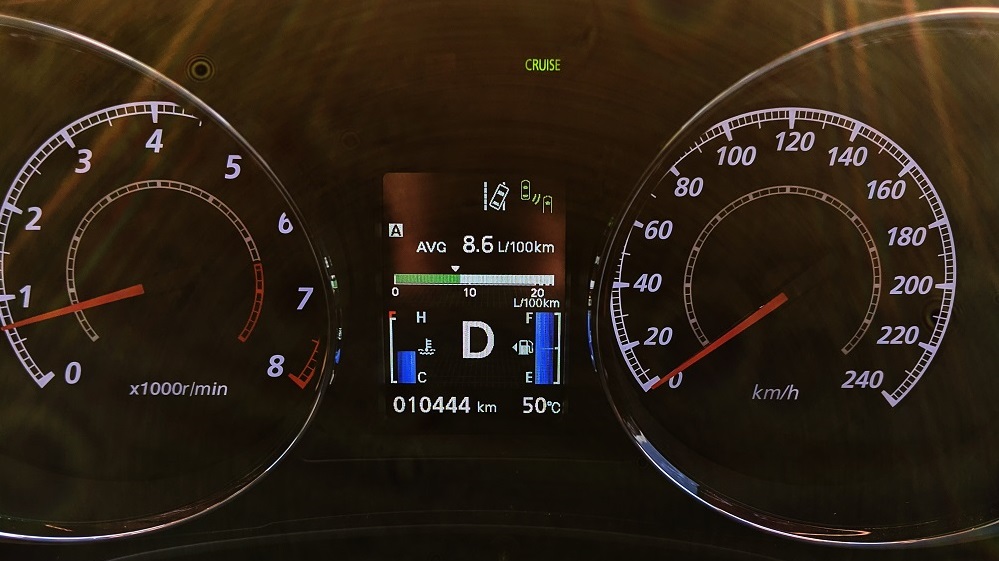Why is your car telling you it's hotter than the official temperature?
14 January 2020
Have you ever noticed the temperature display on your car dash reading hotter than you expected? And heard on the radio or TV later in the day that the maximum temperature recorded where you live was actually a lot lower? So, what's going on?
Modern cars have multiple temperature sensors for all sorts of things, but the most important one if you love weather is the outside ambient air temperature sensor. It detects the temperature that you see on the dash.
The reading from this sensor is usually displayed alongside information such as the time and radio station—but the temperature plays a much more important role in your car. It's a major component of your heating, ventilation and air-conditioning system (or HVAC for short). Your car needs to know how hot it is outside in order to cool you down using the least amount of energy possible.

Image: Cars can show outside temperatures higher than those recorded by official methods. Credit: Rob Kruisheer
Where is a car temperature sensor?
This temperature sensor is sometimes placed in the front grille ahead of the radiator, however it is also common to place the sensor under one of the side mirrors (have a check and see if you can see yours). This sits the sensor away from hot engine parts, within a mostly plastic housing and out of direct sunlight. Having such an important role to play in your car's HVAC system, these sensors can be fairly accurate—so why might the reading be unreliable if the placement of the sensor is actually pretty good?
Official temperature measurement vs car temperature readings
Official temperature readings by the Bureau (and most meteorological organisations around the world) are taken within a Stevenson screen—a box with louvres that allow air to circulate around the thermometer inside while protecting it from outside elements like rain and direct sunlight. Their positions are carefully chosen to avoid any temperature distortion by the surroundings.
In your car, on the other hand, the temperature reading can be affected by the surrounding environment. The largest consideration is the heat radiated by the road surface. If the temperature sensor is under the wing mirror, it has a front-row seat to the hot bitumen under your wheels. Official temperature readings are taken over natural surfaces like grass. It will come as a surprise to no one that the road surface radiates considerably more heat than a grassy oval—as many a burned foot will attest to.
Other sources of radiant heat exacerbate this issue, with the metal body panels of your car and other traffic banked up around you all bumping that temperature reading up.
Even with fresh air moving over the sensor as you drive, your sensor can experience 'heat soak' where the sensor and its enclosure become so warm that the time you spend moving is not enough to cool the assembly down sufficiently to get an indicative reading of the ambient temperature.
So, if your car is saying that you've broken the all-time Australian temperature record of
50.7°C (recorded at Oodnadatta Airport in January 1960), have a quick look at the official observations for your location before getting too excited!
More information
Ask BOM: How is temperature measured?



Comment. Tell us what you think of this article.
Share. Tell others.